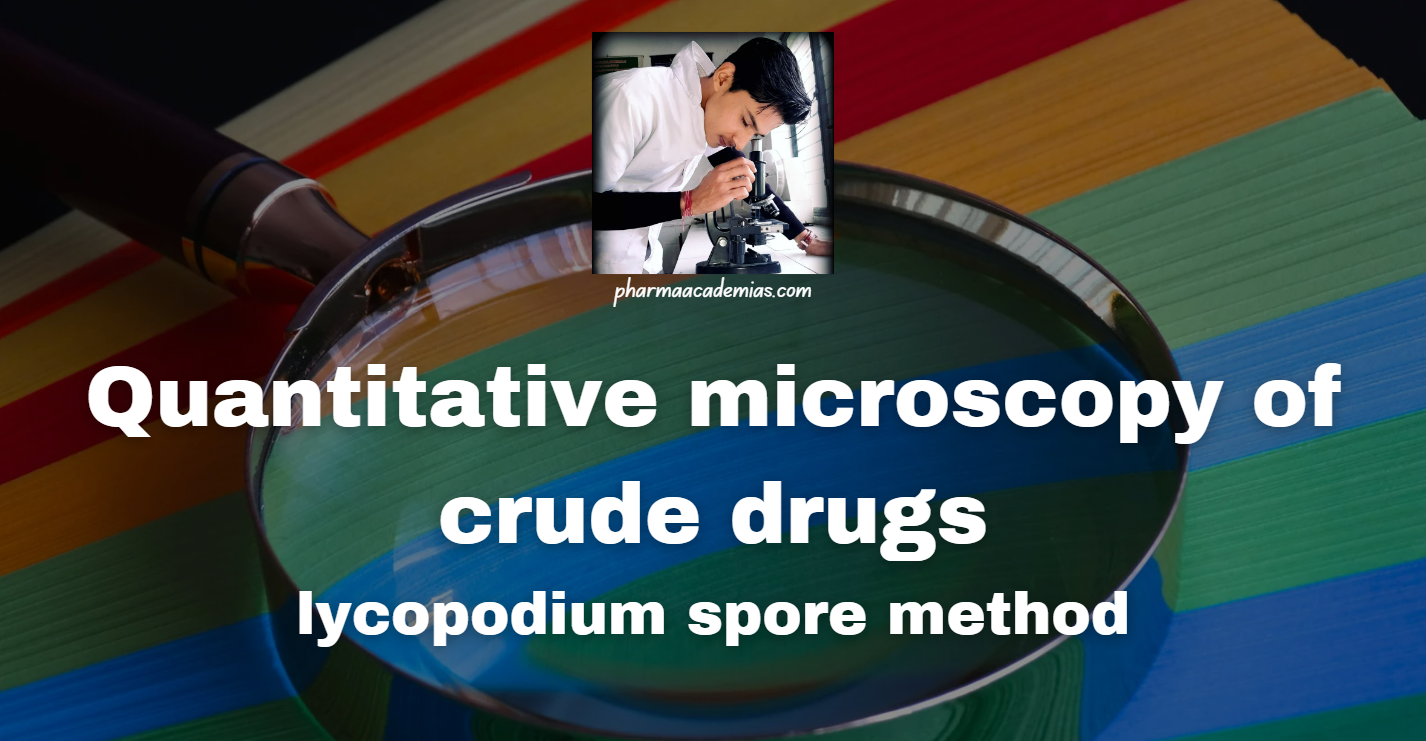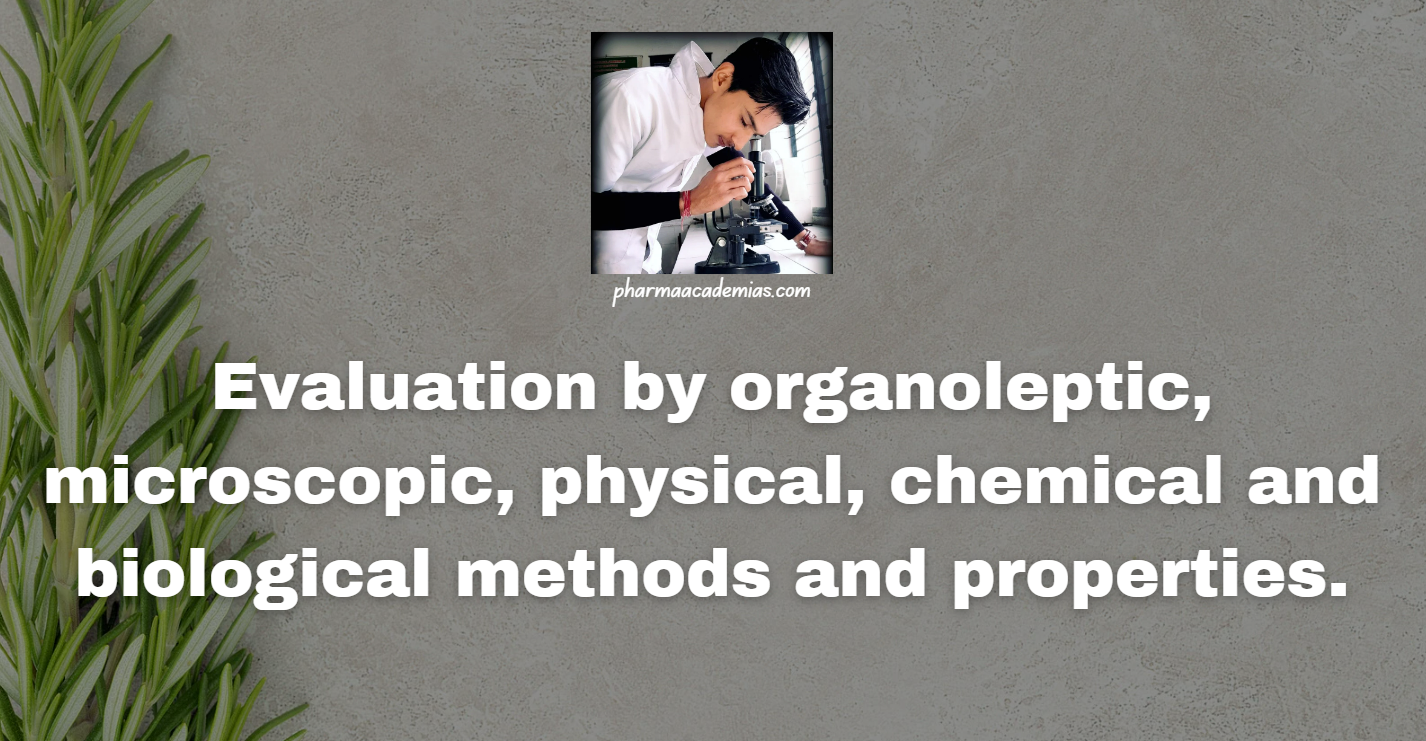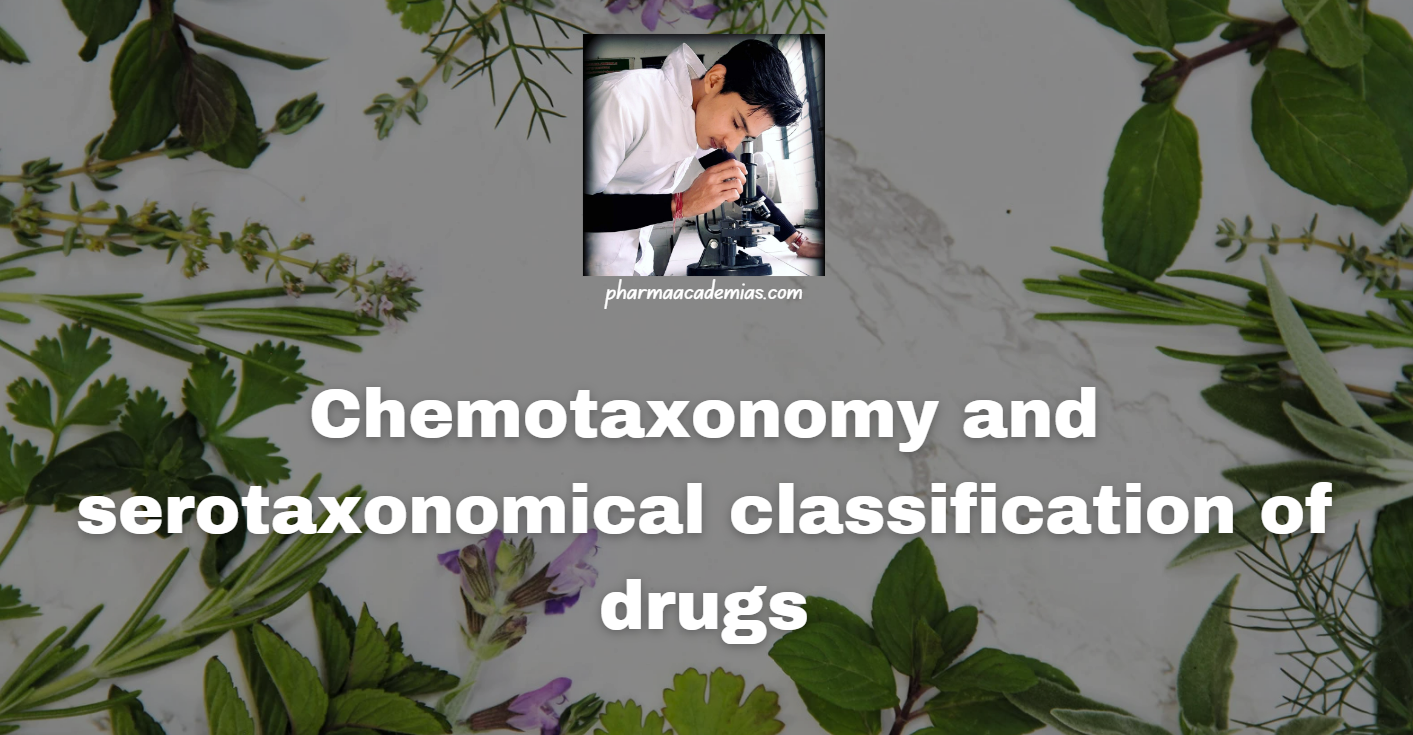Camera lucida and diagrams of microscopic objects to scale with camera lucida.
Quantitative microscopy of crude drugs involves the precise measurement and analysis of microscopic features of botanical materials to assess their quality, authenticity, and purity. The camera lucida method is an essential tool in this process, allowing for the accurate projection and tracing of microscopic images onto paper, which facilitates the creation of diagrams to scale. … Read more










